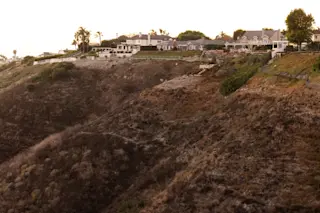Cleveland's Cuyahoga River caught on fire 40 years ago June 22 when oily garbage floating in it was ignited, probably by sparks from a passing train. In turn, the fire sparked the creation of environmental agencies such as the Environmental Protection Agency, along with passage of 1972's Clean Water Act. And the river, once a dumping ground for industrial waste and an icon for environmental disrepair, today supports more than 60 species of fish along with beavers and various bird species, and serves as an example of environmental restoration. The river's recovery is an inspirational account of how even the most putrid bodies of water could be cleaned up. Indeed, the first time [Cleveland resident] Gene Roberts fell into the Cuyahoga River, he worried he might die. The year was 1963, and the river was still an open sewer for industrial waste. Walking home, Mr. Roberts smelled so bad that ...
40 Years After the Cuyahoga Burned, Clevelanders Fish in It
The Cuyahoga River fire of 1969 sparked environmental legislation, including the Clean Water Act, transforming its polluted waters.
More on Discover
Stay Curious
SubscribeTo The Magazine
Save up to 40% off the cover price when you subscribe to Discover magazine.
Subscribe













